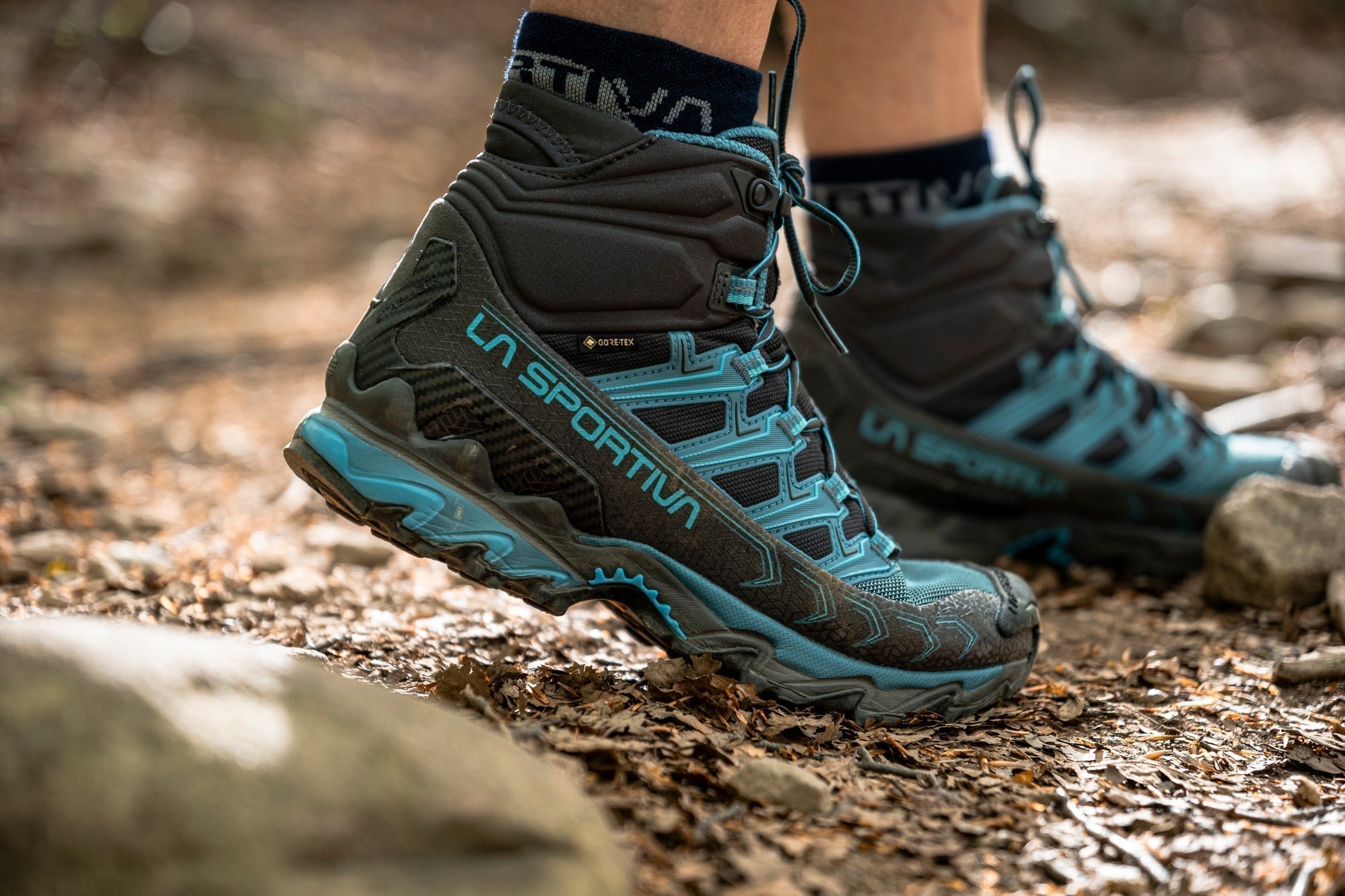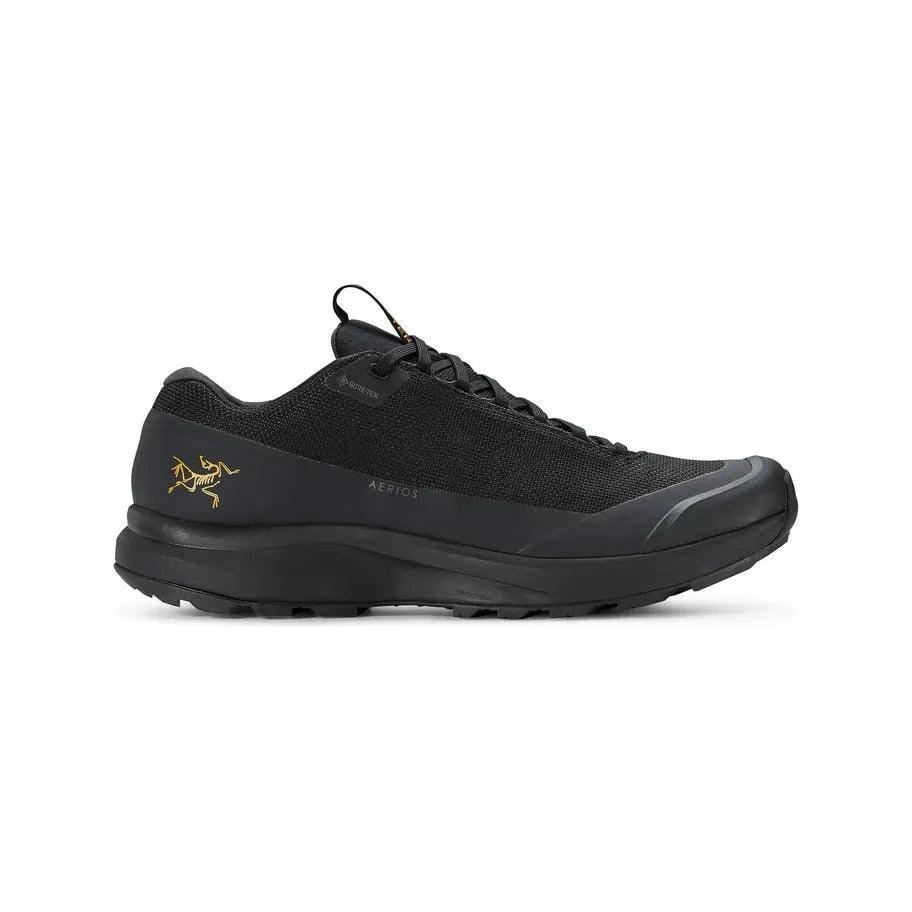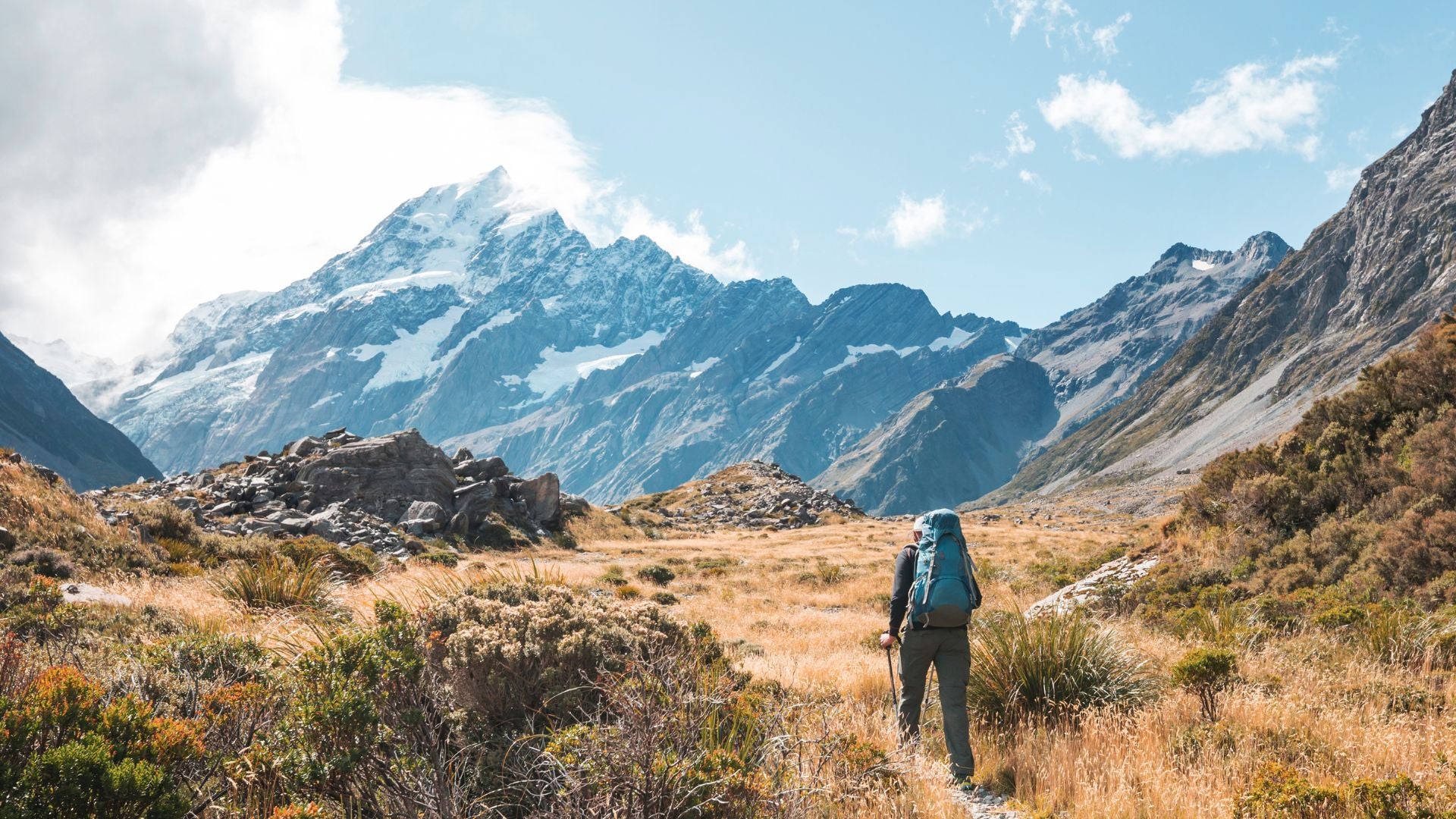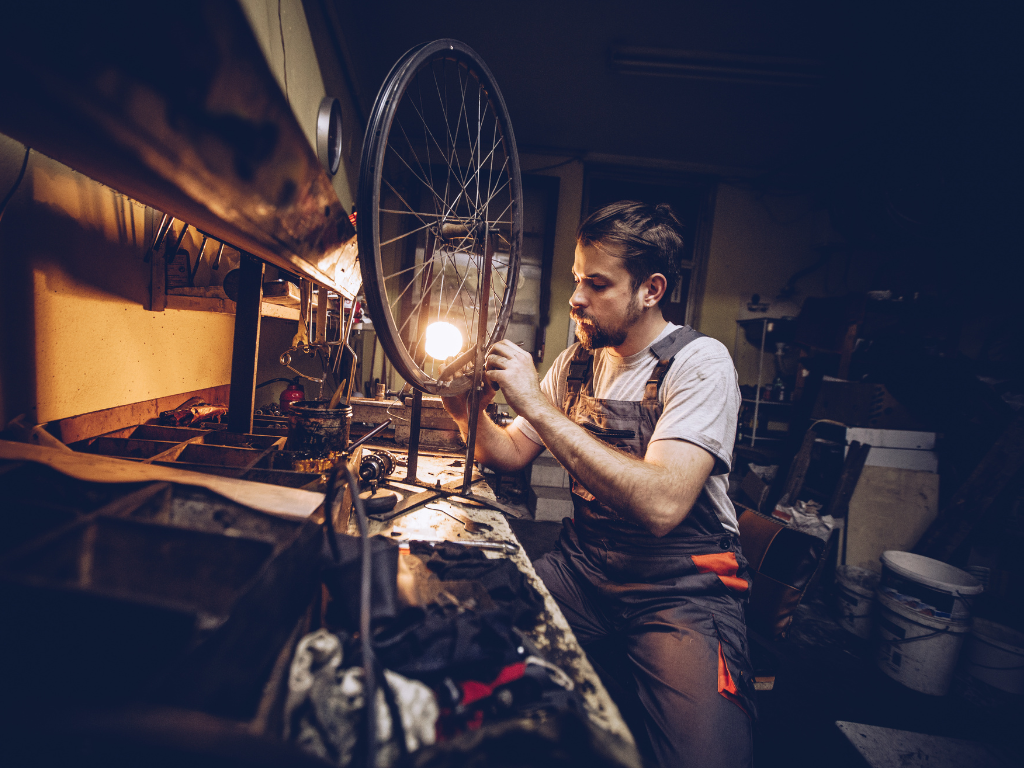Finding the right footwear can make or break your outdoor experience. Whether you’re tackling rugged terrain, casual day hikes, or fast-paced trail runs, choosing the right type of footwear is crucial. Here, we break down the key differences between hiking boots, hiking shoes, and trail running shoes to help you make the best choice for your next adventure.

The Key Differences Between Hiking Boots, Hiking Shoes, and Trail Running Shoes
Hiking Boots: Built for Tough Terrain
Hiking boots are designed to provide maximum support, protection, and durability on uneven and challenging trails. Here’s what sets them apart:
- Ankle Support: With their high-cut design, hiking boots offer superior ankle support, which reduces the risk of sprains or injuries, especially when carrying a heavy backpack.
- Durability: Made from robust materials like leather or durable synthetics, these boots are built to withstand rocks, roots, and rough trails.
- Water Resistance: Many hiking boots come with waterproof linings to keep your feet dry during creek crossings or in rainy conditions.
- Weight: While heavy compared to hiking shoes or trail runners, the trade-off is stability and protection.
When to Choose Hiking Boots: If you're heading out on multi-day hikes, carrying heavy loads, or trekking through difficult or unpredictable terrain, hiking boots are your best bet.

On Running Women's Cloudrock 2 Waterproof Hiking Boots

Lowa Men's Renegade Gore-Tex Mid Wide Hiking Boots

La Sportiva Men's TX5 Gore-Tex Hiking Boots
Hiking Shoes: A Lighter Alternative
Hiking shoes are a lighter and more flexible option for those who prefer a balance of comfort and protection on the trails. Here’s why you might opt for these:
- Low-Cut Design: Unlike hiking boots, hiking shoes stop just below the ankle, offering more flexibility while still providing decent foot protection.
- Comfort & Breathability: Lighter materials make hiking shoes more comfortable over long distances and offer better breathability, helping your feet stay cool.
- Sole Traction: The soles are designed to provide good grip on various surfaces, from dirt trails to rocky paths.
- Versatility: These shoes are a great option for casual day hikes or moderate trails where heavy-duty boots might be overkill.
When to Choose Hiking Shoes: For day hikes, well-marked trails, or situations where you value comfort and mobility over rigid support, hiking shoes strike the perfect balance.

La Sportiva Men's Hyper Gore-Tex Shoes

Arc'teryx Men's Aerios FL 2 Gore-Tex Hiking Shoes

Merrell Men's Moab 3 Wide Hiking Shoes
Trail Running Shoes: Speed and Agility
Trail running shoes are specifically crafted for runners, but they’re also suitable for fast, light hikes. Here’s what makes them stand out:
- Lightweight: Designed for speed, trail running shoes are the lightest of the three, allowing for greater agility and quicker movements.
- Cushioning: These shoes come with extra cushioning for shock absorption during high-impact activities like running.
- Traction: The soles of trail running shoes offer excellent grip, often designed to handle loose gravel, mud, or slippery surfaces.
- Breathability: Trail running shoes are made from lightweight, breathable materials to keep your feet cool, but they might lack the water resistance found in hiking boots.
When to Choose Trail Running Shoes: If you’re looking to cover long distances quickly or enjoy a fast-paced trail hike, trail running shoes are your go-to choice.
Making the Right Choice
Choosing between hiking boots, shoes, and trail runners comes down to the type of adventure you’re planning and the terrain you’ll encounter.
- For technical hikes or backpacking trips, hiking boots provide the support and durability needed to protect your feet and ankles.
- For shorter, less demanding hikes, hiking shoes give you the right amount of protection without compromising on comfort.
- For fast hikes or trail running, trail running shoes keep you light on your feet and agile over various terrain types.
Conclusion
While all three footwear types are built for the outdoors, your choice will depend on your specific adventure needs. Trail running shoes can even handle certain hikes, but for more challenging trails, hiking shoes or boots may be the better option. It’s always worth trying different styles to see what feels best for you!



